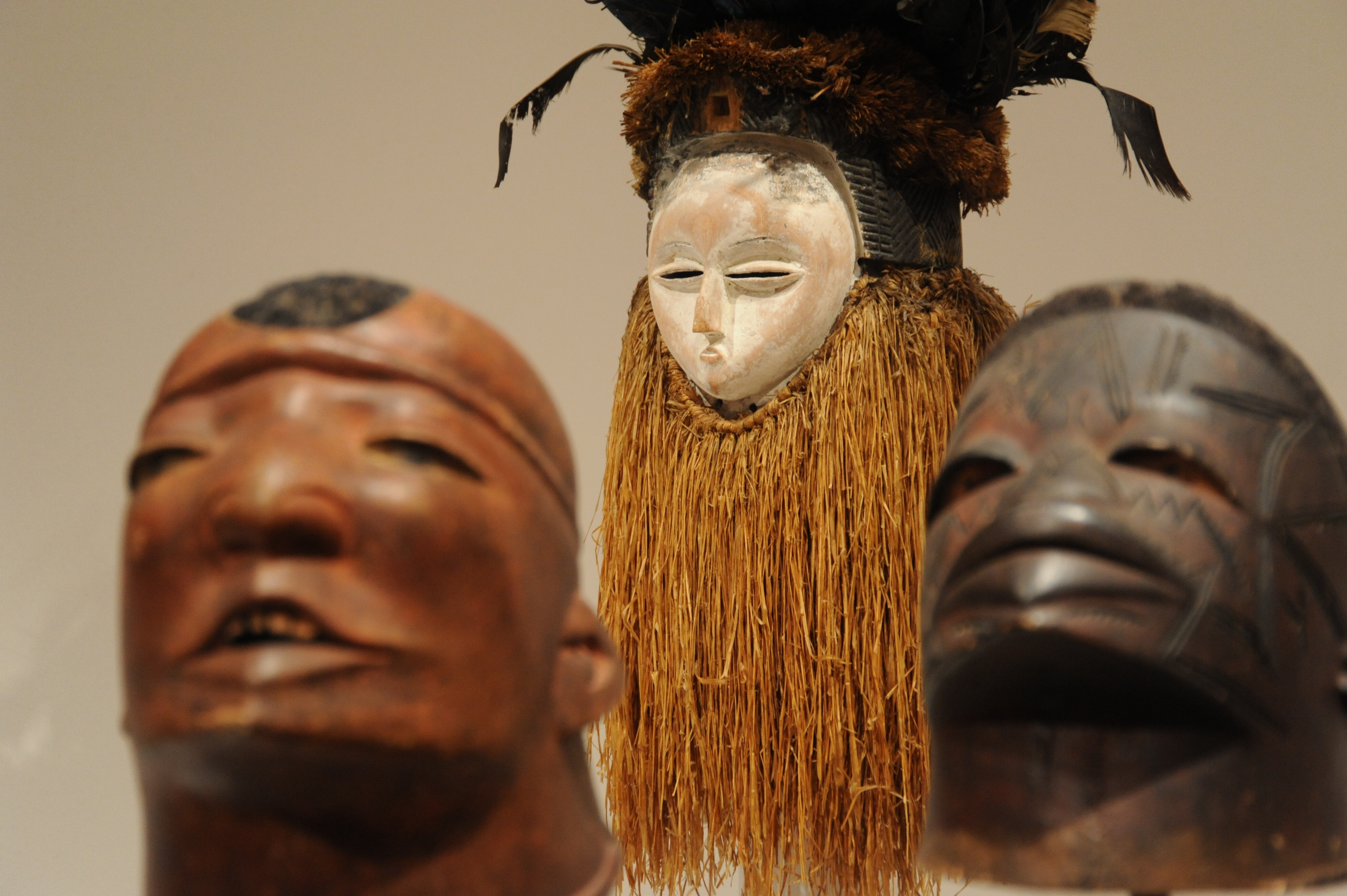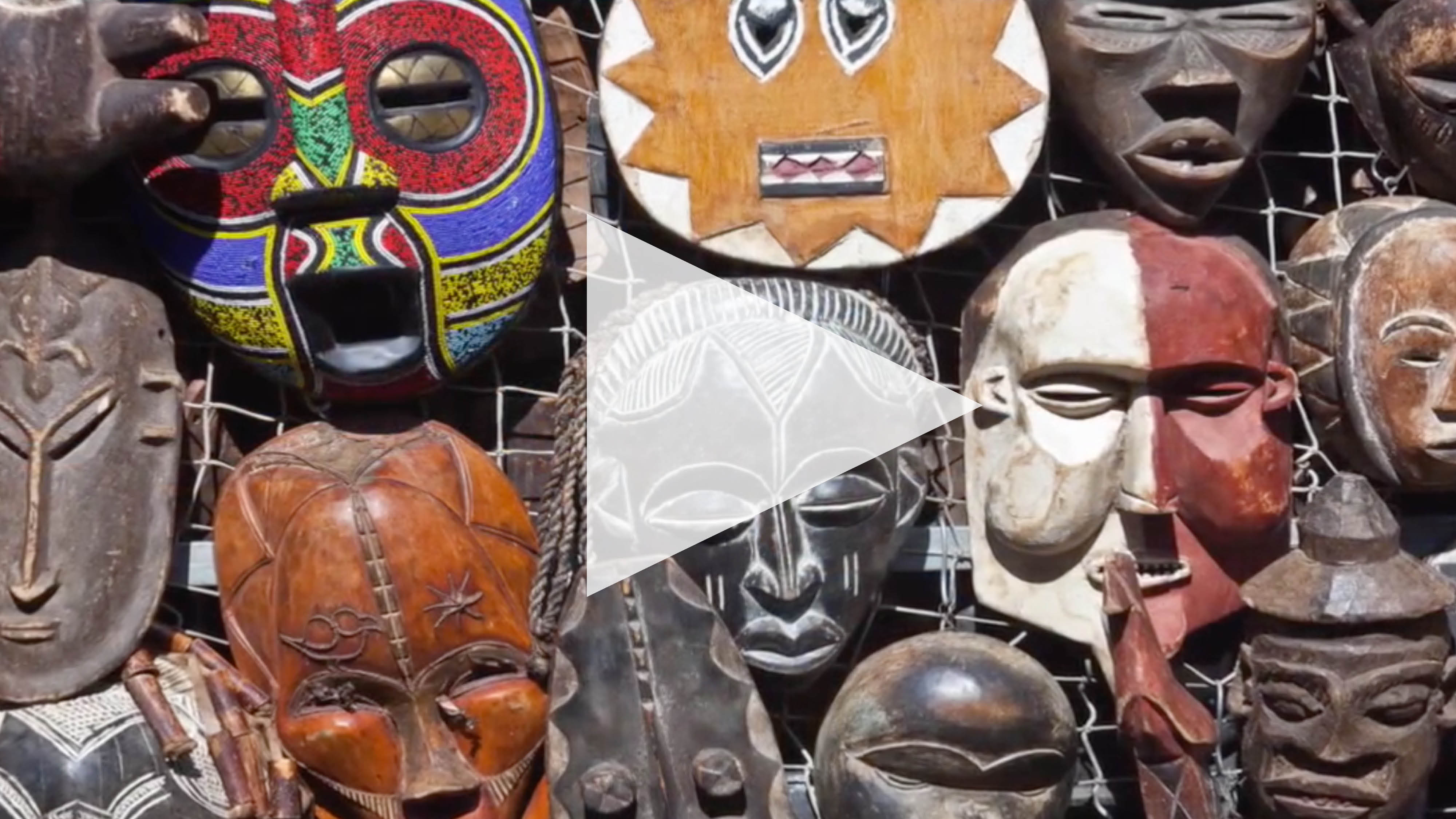By Karen Mathison
Create a tribal mask to raise awareness about the consequences of climate change.
Don’t forget to submit a photograph of your mask or post online and tag @natsatclub and @blackburncollegenatsatclub
Overview
What are tribal masks?
Global climate change describes the average, long-term changes over the entire earth. These changes include warming temperatures and changes in precipitation, as well as the effects of earth’s warming, such as rising sea levels and ice melting accelerating in Greenland, Antarctica and the Arctic.
Even before there were humans, earth’s climate has continuously been changing. However, scientists have observed abnormal changes in recent years. For example, earth’s average temperature has increased more quickly than expected over the past 150 years. There are many contributing factors to the earth’s climate; however, scientists agree that the earth has been getting warmer in the past 50 to 100 years, due to human activities such as burning fuel to power factories and cars. These changes cause the atmosphere to trap more heat than usual, leading to a warmer earth.
Climate activism isn’t a new phenomenon, but the last year has seen a resurgence, with global movements such as Fridays for Future and Extinction Rebellion protesting about climate change and bringing attention to the climate emergency. The 17-year-old environmental activist Greta Thunberg has gained global recognition for promoting the view that we are facing an existential crisis from climate change, but there are young activists all over the world fighting for change.
Materials needed
- Pen/pencil
- Paper
- Whatever materials you have to hand – remember that it’s themed around climate change

Photo by Wonderlane on Unsplash
Design your own Tribal Climate Change Mask
The Tate website has a great resource page that explains how artists like Henry Moore, John Davies, Julio Gonzales have used masks to protect, disguise, hide and amuse.
Things to consider
- How are shapes used to simplify and stylise the face? What effect do different shapes have? How do they interact with each other?
- How might you use symmetry in your design?
- Masks conceal the face and present a single expression. How can this be used in your mask?
- Think carefully about the colour, pattern and texture you are using
Further Development
Following on from your design, try to make your mask as a collage or from recycled materials
You can customise the way that your mask design will look by using different materials. Try to use rubbish that you would normally throw away…. used washed tin foil perhaps, or sweet wrappers or any other bits of recycled rubbish (don’t worry if you haven’t got glue, just cut out the materials, place them on the paper and take a photo of the end resultsusing your phone).
You can adapt the colour, pattern and texture of your mask to enhance its expressive power and visual impact. Don’t be afraid be bold and try things out to see if they work!
Thank you for taking part in the Blackburn College Art&Design Saturday Club Workshop.
Submit a photograph of your mask or post online and tag @natsatclub and @blackburncollegenatsatclub
Resources & References
Climate Change
What is climate change? A really simple guide
What can I do to stop climate change?
Climate change: 7 young climate activists from around the world
Masks
Tate website masks in art
Contributed by Karen Mathison, Blackburn College Art&Design Saturday Club
Karen is a photographer and artist as well as the tutor of the Art&Design Saturday Club at Blackburn College. Initially centring her personal practice primarily around documentary photography, her personal photographic practice now focuses on the representation and the familiar of local communities and places, reflecting on society from varying points including change and loss.
